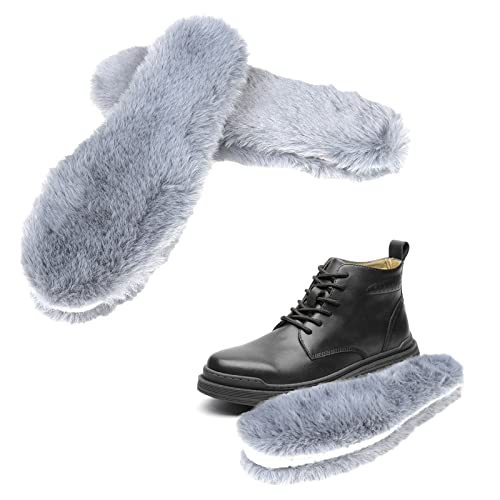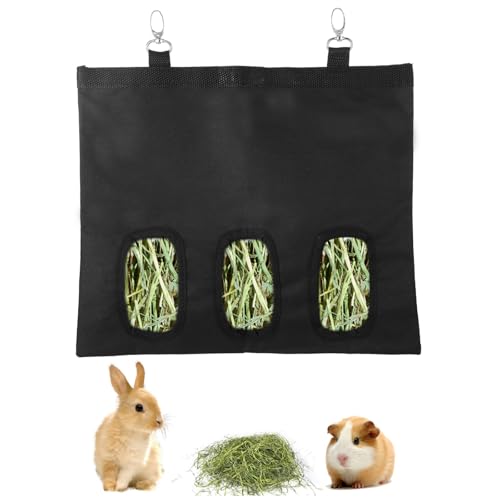I think you found the answer on another thread, but the rabbits in the pictures certainly look like sables to me.

Both sable and himalayan look pointed or shaded. Both genes suppress color expression on various body parts, with the himalayan suppressing more than the sable. Both have color on the extremities, but himalayans have little to no color on the body, while sables have lighter body color; himalayans have red eyes, while sables have dark eyes with a red glow to them.) You have pretty good examples of sables; here's a genetic himalayan (also called californian):
View attachment 33176
Note that she has what's called "smut" on her dewlap and eyebrows. It's not supposed to be there, but the himalayan gene is quite temperature sensitive, with the darkening happening on the extremities (which are colder), so after a very cold winter my californian Satins often have "extra" color.
Sable is at the same genetic locus (the C locus) as both himalayan, which is recessive to sable, and chinchilla, which is partially dominant to sable. So if your doe is a sable, bred to a light gray (which is genetically a chinchilla) buck, you will probably get sable chinchilla, but depending on what is at the other spot on the C locus in both doe and buck, you could also get chinchilla, sable or himalayan as well.
I see that one of the bunnies in the photos looks like a black, which suggests that its mother and father both carry the gene for self. This means that if the FG caries self, you could also get either blacks or self chinchillas (which look black).


































![FHQHTH Faux Rabbit Fur Purse Fuzzy Handbags for Women Evening Handbags Al alloy Shoulder Strap [Rabbit Red]](https://m.media-amazon.com/images/I/41l5Hd2qrhL._SL500_.jpg)





















